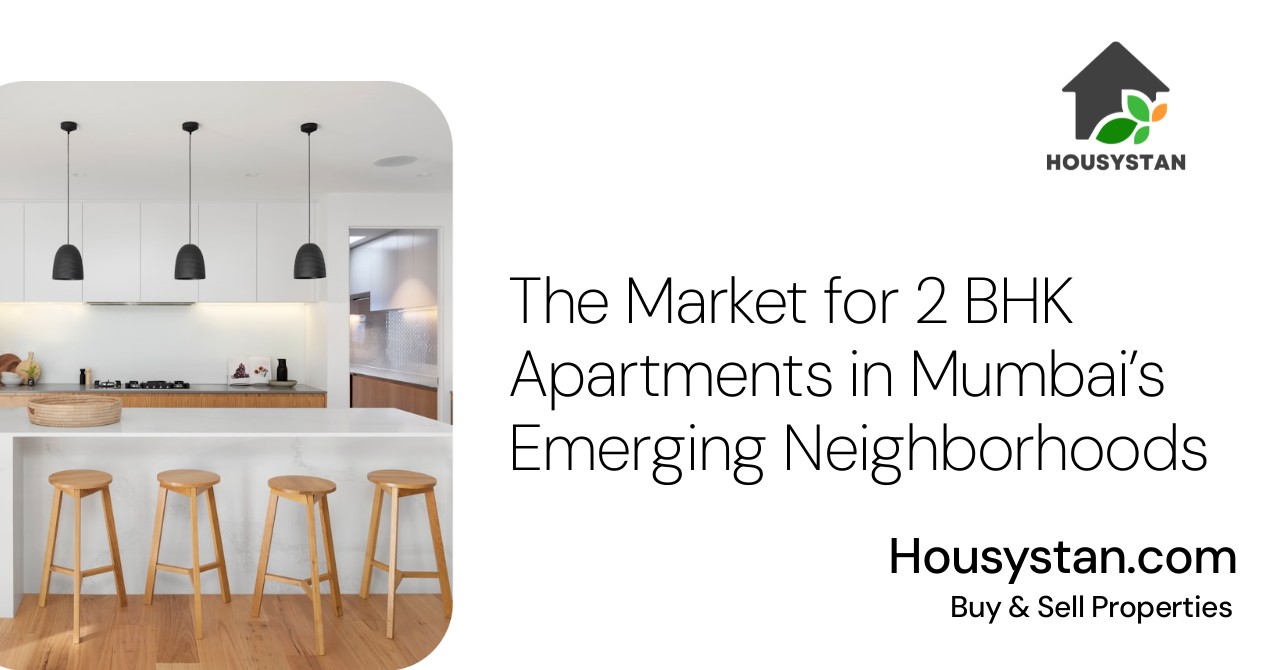The Market for 2 BHK Apartments in Mumbai’s Emerging Neighborhoods
Read latest blogs and articles from Housystan

The Information mentioned here was last updated on:
31/12/2025The demand for 2 BHK apartments in Mumbai’s emerging neighborhoods is witnessing an upward trend as more homebuyers and investors seek value in new and developing areas of the city. Mumbai, known as the financial capital of India, offers an array of residential opportunities, and its evolving suburbs present an excellent choice for those seeking affordable yet modern living spaces. Areas such as Navi Mumbai, Thane, Mira Road, Kanjurmarg, Mulund, and Chembur are attracting attention due to improved infrastructure, enhanced connectivity, and proximity to commercial hubs. This trend is not only reshaping the city’s real estate landscape but also providing a lucrative opportunity for both end-users and investors.
Buyers are increasingly favoring 2 BHK apartments as they strike the perfect balance between space and budget. These units are ideal for nuclear families, young professionals, and first-time homebuyers looking for comfort without stretching their finances. The newer neighborhoods in Mumbai offer contemporary amenities, green spaces, and upgraded civic facilities. Developers are focusing on gated communities, security, clubhouses, gyms, and landscaped gardens to cater to the evolving lifestyle needs of urban dwellers.
Connectivity remains a major advantage in these areas. With the expansion of Mumbai Metro, new roadways, and better public transport options, commuting to work and other parts of the city has become significantly easier. Additionally, the presence of reputed educational institutions, healthcare centers, shopping malls, and entertainment options enhances the appeal of emerging localities. This holistic urban development is transforming suburbs into self-sufficient mini-cities, making them highly desirable for families and working professionals alike.
- Verified Tenants/Buyers
- Unlimited Property Listing
- Zero subscription/charges fee
Investment in 2 BHK apartments in Mumbai’s emerging neighborhoods also promises healthy appreciation in property values. As more infrastructure projects are completed and commercial zones expand, these localities are poised for rapid growth. Whether you are seeking a home in Navi Mumbai, Thane, or the fast-developing belts of Kanjurmarg and Mulund, the market is ripe for buyers who value modernity, connectivity, and future potential. Choosing the right neighborhood today could secure a comfortable lifestyle and promising returns tomorrow in Mumbai’s ever-evolving real estate market.